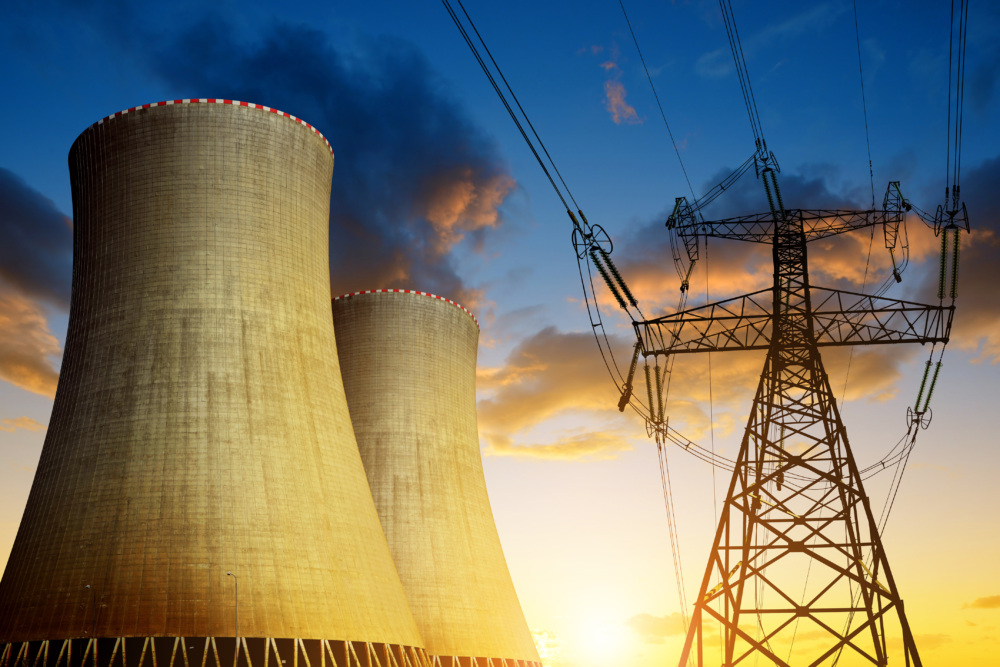This post was written by Summer
Gary, an intern working with NTI’s International Fuel Cycle Strategies program.
Gary holds Master of Arts degrees in Nonproliferation and Terrorism Studies and in Global Security and Nuclear Policy from the Middlebury Institute of
International Studies and the Moscow State Institute of International
Relations, respectively. She also holds a Bachelor of Arts in Political Science
from the University of California, Berkeley.
Political
changes over the past several years are straining the structures supporting international
peace and security, creating growing concern among policymakers, experts, and
the public about rising tensions between
the world’s great powers, technological
advances empowering non-state actors, evolving postures and policies in nuclear
weapons states, and the proliferation to non-nuclear weapons states. Against this backdrop, the Shar School of Public
Policy and Government’s Center for Security Policy Studies (CSPS)
at George Mason University made Navigating the Nuclear Future the theme
of its 2nd Annual
International Security Symposium, held on September 27th.
The
symposium gathered experts with backgrounds from academia and diplomacy to the military
and industry, and across three panel discussions, they covered the gamut of
contemporary nuclear security concerns.
Some staunchly defended remaining committed to classical deterrence as
the most viable way to prevent war among nuclear powers and offered suggestions
for how to revamp Cold War practices for the 21st Century; others
emphasized the need for experts and diplomats to negotiate practical, palatable
steps toward meaningful cooperation instead of aiming for “grand deals” at the
presidential level.
Panelist and
NTI Vice President Laura Holgate discussed her work during the Nuclear
Security Summits, an initiative of the Obama administration. She noted that, as the biennial gatherings of
world leaders to address nuclear materials security ended by collective agreement
in 2016, momentum gathered during the Summits has inevitably dissipated,
despite ongoing work to eliminate and secure vulnerable materials. The
successes of the Summits—such as the strengthening of international nuclear
security institutions and the elimination of highly enriched uranium across vast
geographic areas—remain in place and can be built upon in years to come.
Though the
panelists may have had differing views on how to prioritize and approach
emerging threats, they shared a sense of urgency and uncertainty about what
comes next. As panelist and Russia
expert Brigadier
General (ret.) Peter Zwack noted: “The world is tilting in some
strange and difficult ways.” As new
problems and pressures created by developing technologies and changing geopolitics
threaten to outpace progress on global nuclear security, the consensus among
the panelists was that faith in existing mechanisms, continued international
cooperation among experts, and popular support for peaceful solutions can help
temper anxiety about the future.




